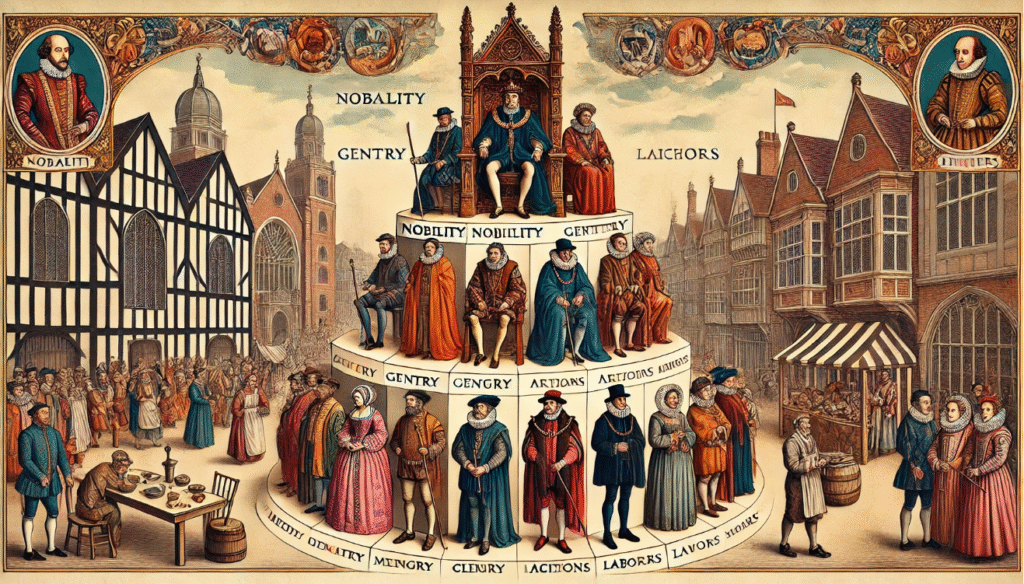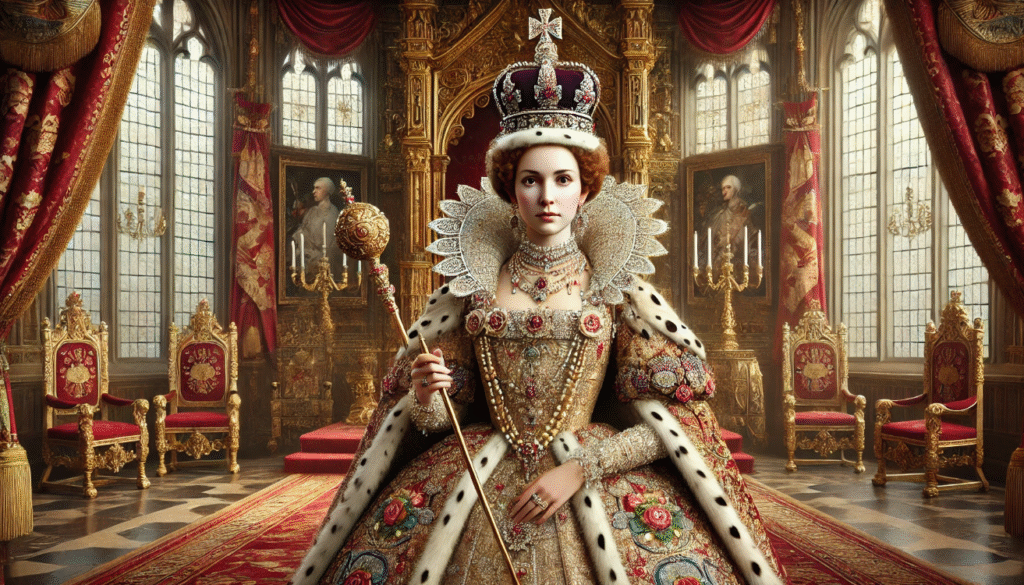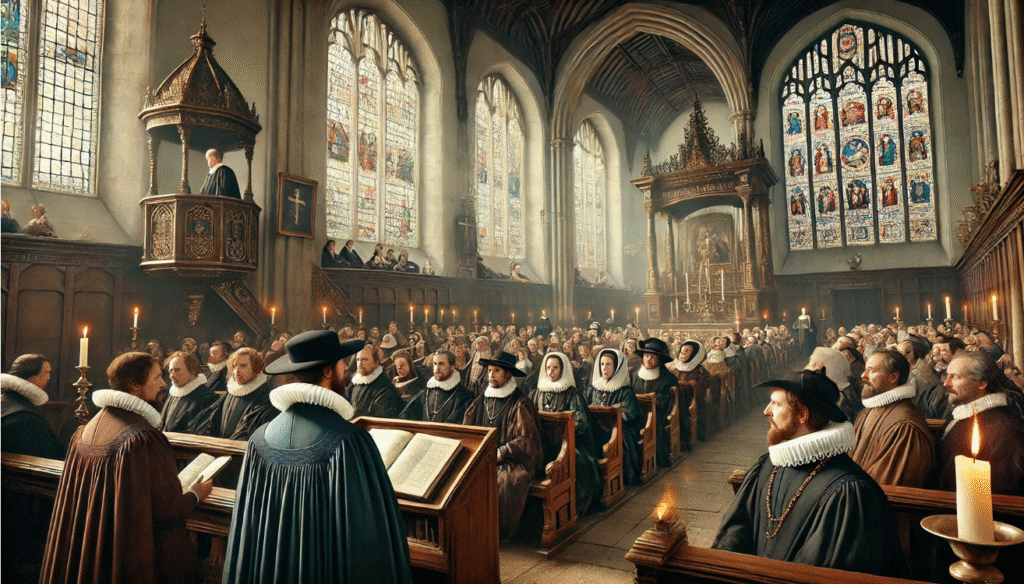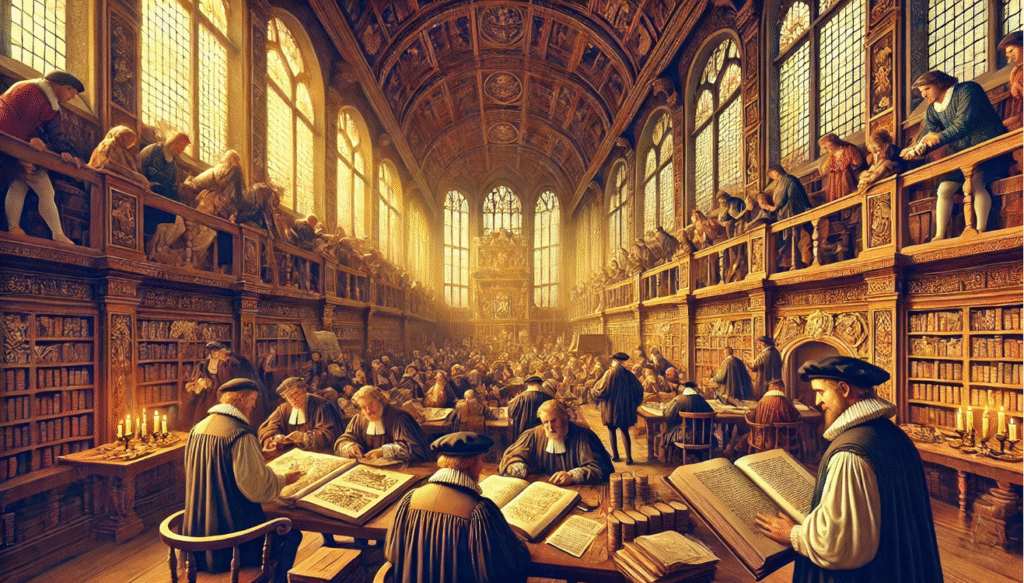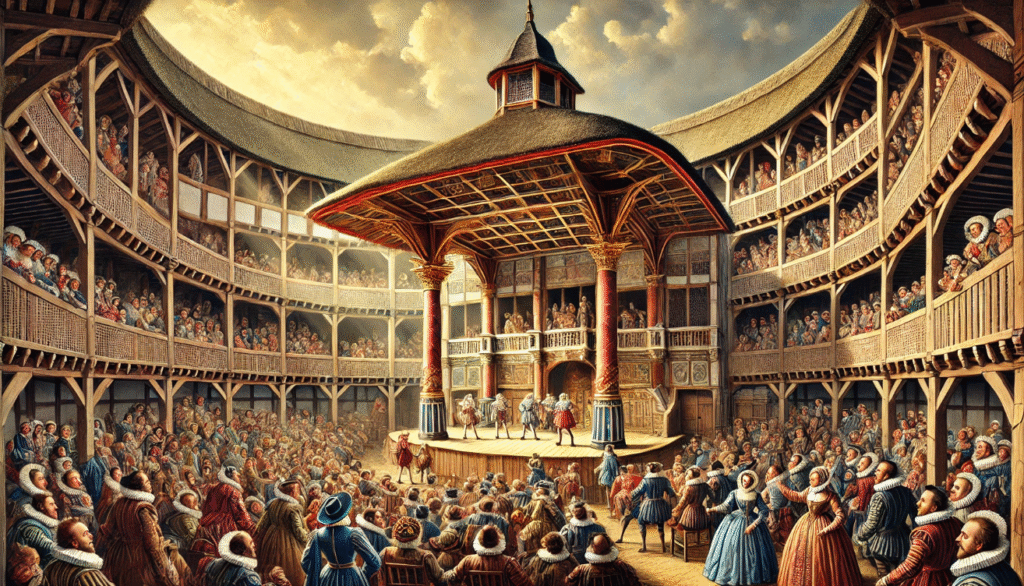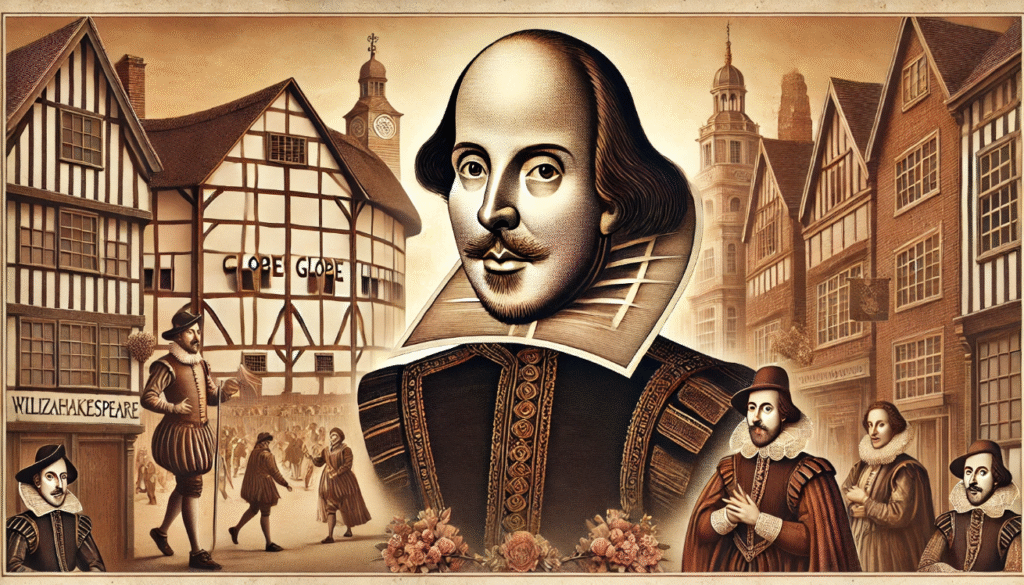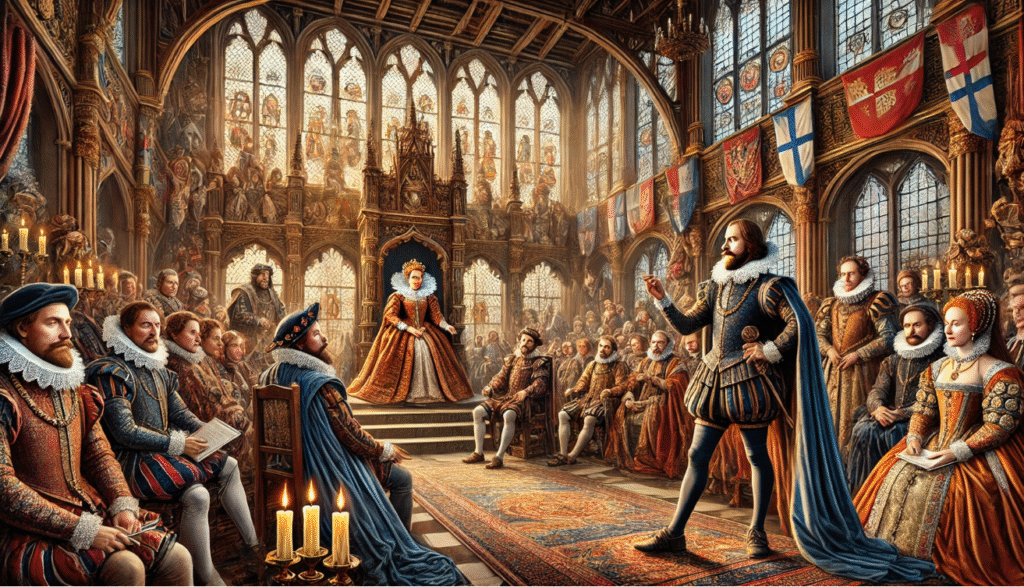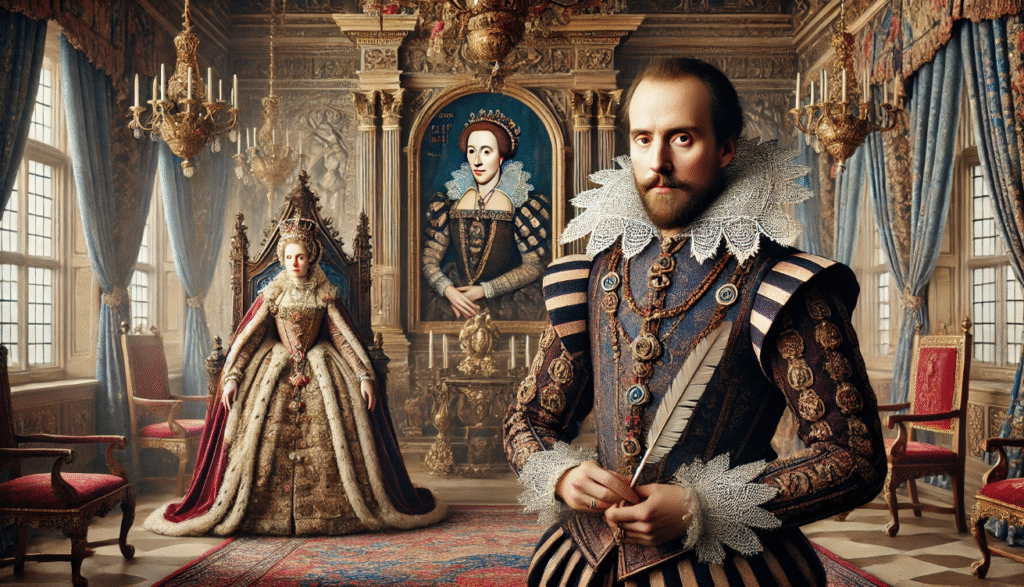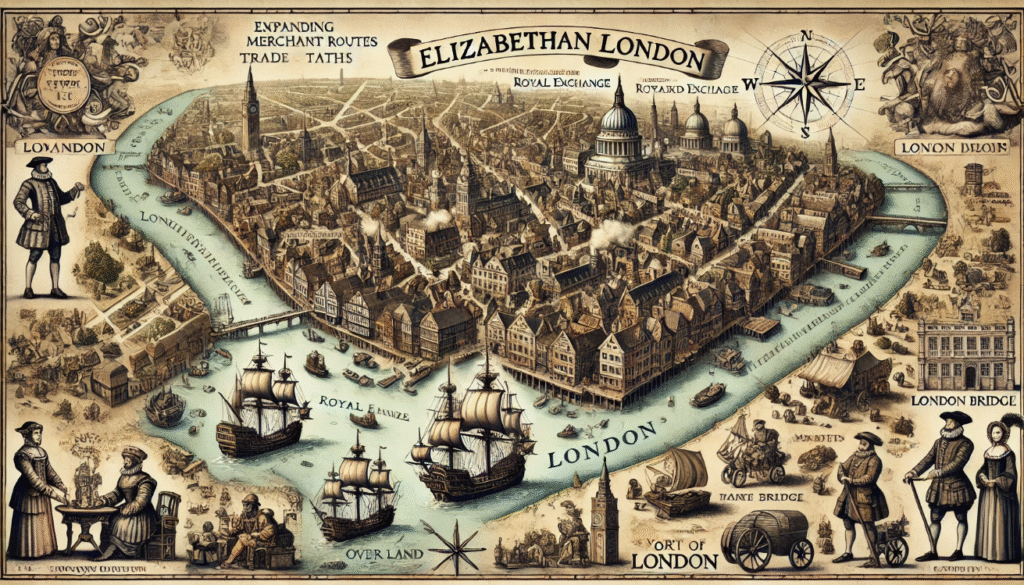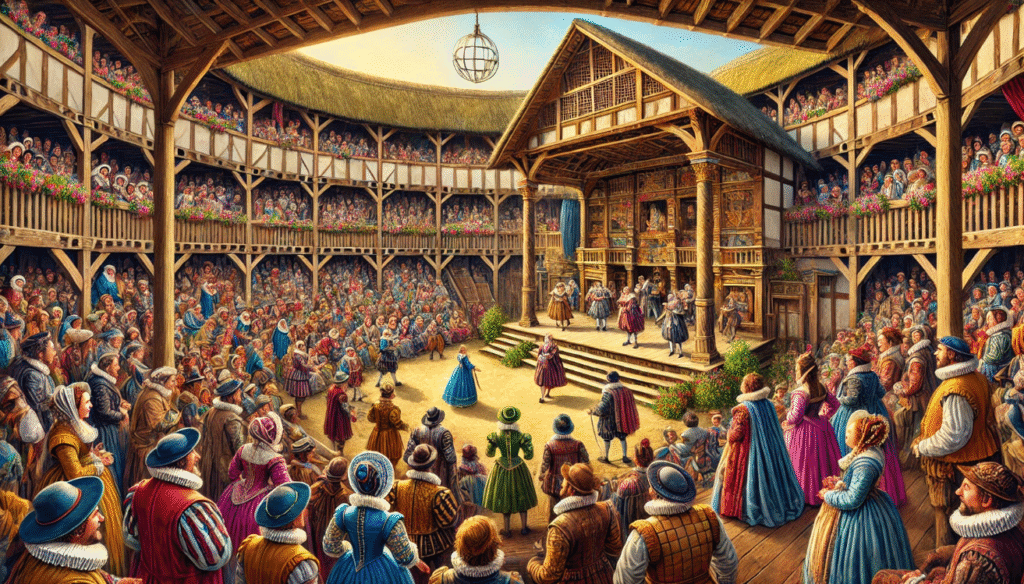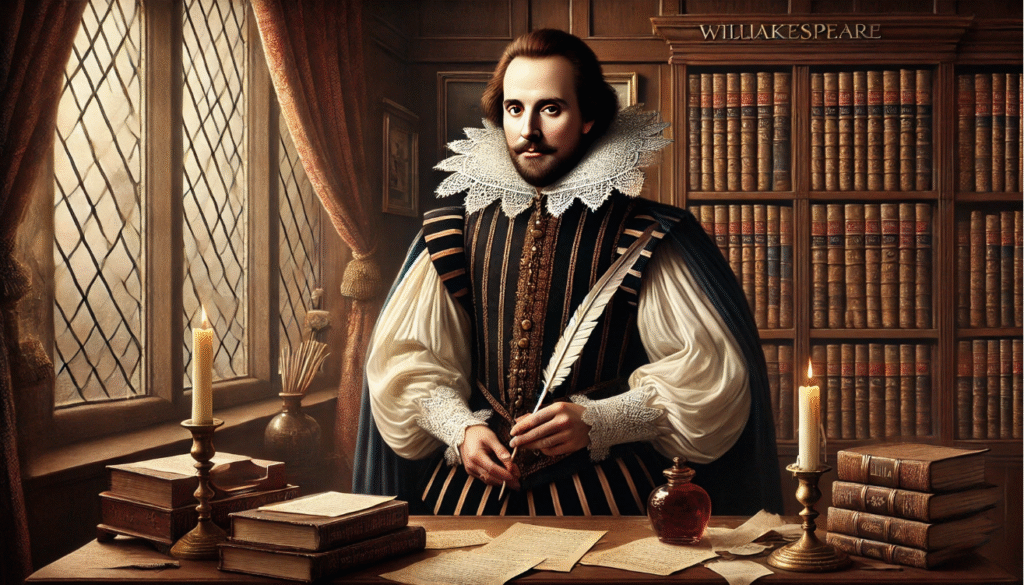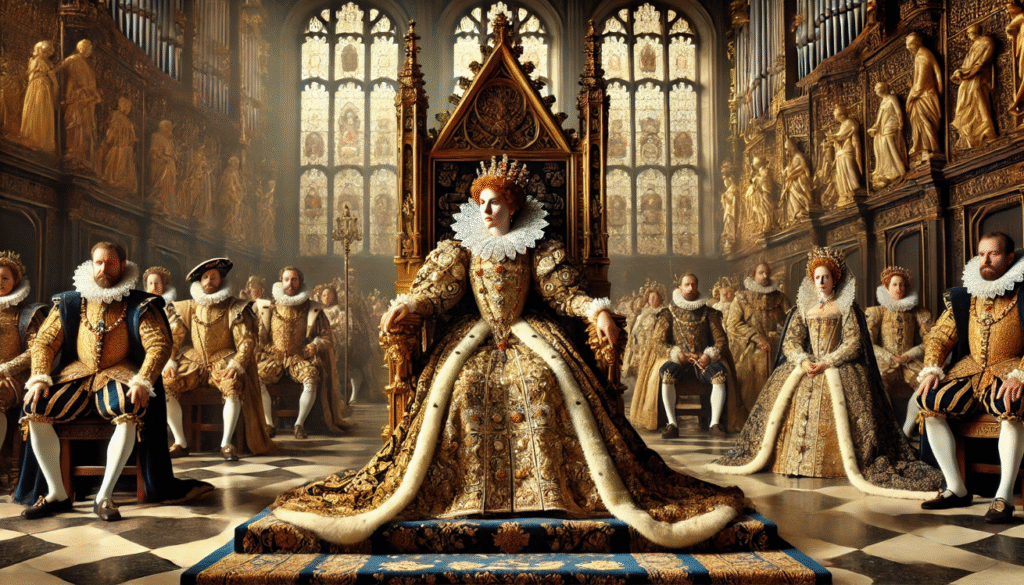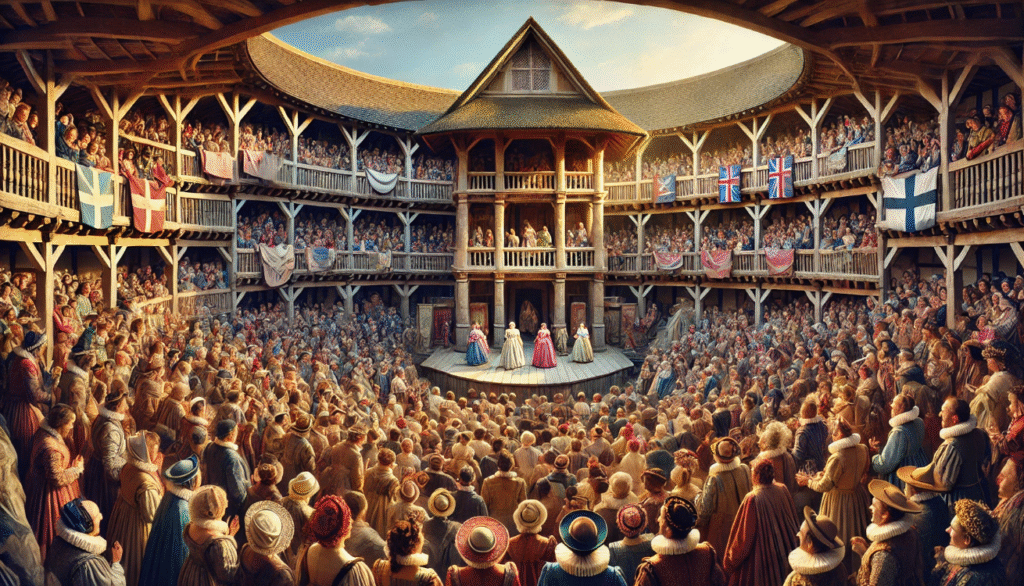 Shakespeare’s portrayal of social classes in his plays continues to be a relevant topic of discussion in today’s society. During Shakespeare’s time, rigid social hierarchies dictated the lives of individuals, and his plays often reflected and critiqued these divisions. The characters in his works often navigate the complexities of social class, highlighting the struggles and prejudices that accompanied different societal standings. These themes are still relevant today, as discussions of inequality and privilege continue to be important topics in our modern world. Shakespeare’s portrayal of social classes provides a thought-provoking lens through which to examine and understand contemporary issues of inequality and societal divisions.
Shakespeare’s portrayal of social classes in his plays continues to be a relevant topic of discussion in today’s society. During Shakespeare’s time, rigid social hierarchies dictated the lives of individuals, and his plays often reflected and critiqued these divisions. The characters in his works often navigate the complexities of social class, highlighting the struggles and prejudices that accompanied different societal standings. These themes are still relevant today, as discussions of inequality and privilege continue to be important topics in our modern world. Shakespeare’s portrayal of social classes provides a thought-provoking lens through which to examine and understand contemporary issues of inequality and societal divisions.
In this article, we will delve into how Shakespeare used his characters, plotlines, and themes to showcase the social classes of his time and provide commentary on the class struggles of the era. We will examine the ways in which different characters and their interactions with one another shed light on the social hierarchy and the challenges faced by individuals from various classes. Additionally, we will explore how the themes of power, wealth, and status are intricately woven into Shakespeare’s portrayal of social classes, offering valuable insights into the social dynamics of his time. Stay tuned as we unravel the intricacies of Shakespeare’s portrayal of social classes in his works.
Shakespeare’s Historical Context and View of Social Class
Elizabethan Society:
The social structure of Elizabethan England was highly hierarchical and rigidly stratified. At the top of the social ladder was the monarch, followed by the nobility, gentry, and clergy. Below them were the merchants, artisans, and laborers, and at the very bottom were the poor and beggars. The class system was based on birth and wealth, and it was very difficult to move up the social ladder. The nobility held great power and privilege, owning vast estates and controlling much of the country’s wealth. The gentry were landowners and held positions of authority in local communities. The clergy also held significant influence, particularly in matters of religion and education.
Shakespeare’s Position:

Shakespeare’s position in the growing middle class of Elizabethan England allowed him access to both high and low societal circles. As a businessman and landowner, he was able to interact with the upper class through his work as a playwright and actor, as well as through his connections in the theater world. At the same time, he was also able to relate to the lower classes through his experiences in the bustling city of London and his observations of everyday life. This unique position allowed Shakespeare to draw from a wide range of social experiences and perspectives, which undoubtedly influenced his work and contributed to his enduring legacy as one of the greatest writers in the English language.
Social Expectations:
During the Victorian era, societal expectations and class divisions greatly influenced the portrayal of social classes in literature. The rigid class structure of the time, with the upper class holding power and privilege, and the lower class struggling for basic needs, was reflected in many literary works. Authors often depicted the wealthy and aristocratic characters as refined and morally superior, while those in the lower classes were often portrayed as uneducated and morally corrupt. This portrayal of social classes served to reinforce the existing societal hierarchy and power dynamics, as well as to highlight the struggles and injustices faced by the working class. The Victorian era literature often depicted the harsh realities of poverty and the limited opportunities for social mobility, which was a reflection of the prevailing social and economic conditions of the time.
The Role of Nobility and Ruling Class in Shakespeare’s Works
The Idealized Nobility:

Shakespeare often portrays nobility as symbols of order, responsibility, and virtue in his plays, particularly in works such as “Henry V.” In this play, the character of King Henry V is depicted as a noble and responsible leader who upholds the virtues of honor, duty, and courage. He is portrayed as a figure of order and stability, embodying the ideals of leadership and nobility. Through characters like Henry V, Shakespeare presents nobility as a symbol of moral and ethical values, illustrating the importance of leadership and responsibility in maintaining societal order.
Flawed Nobility:

In literature, there are numerous instances where the ruling class is depicted as corrupt, selfish, or ineffective. In Shakespeare’s play “Macbeth,” for example, the titular character is driven by his own ambition and desire for power, leading to his descent into tyranny and corruption. Similarly, in “King Lear,” the ruling class is shown to be ineffective in maintaining order and justice, leading to chaos and tragedy. These examples serve as cautionary tales about the dangers of unchecked power and the consequences of selfish and corrupt leadership.
Social Responsibility:
Shakespeare suggests the nobles’ role in maintaining justice and order through the characters of Lord Angelo and Duke Vincentio in “Measure for Measure.” Lord Angelo is initially portrayed as a strict enforcer of the law and order, while Duke Vincentio is seen as a wise and just ruler. However, when Lord Angelo abuses his power and fails to uphold justice, chaos ensues in the city of Vienna. This suggests that the nobles’ actions have a direct impact on the stability and order of society. When they fail in their duty to maintain justice, it leads to a breakdown of law and order, creating a sense of turmoil and confusion among the people.
Commoners and the Working Class in Shakespeare’s Plays
The “Other” Class:

Shakespeare’s portrayal of the lower classes in his plays is complex and varied. In some instances, such as in “The Taming of the Shrew,” Shakespeare presents servants and tradespeople as comedic figures, often used for comic relief or to highlight the follies of the upper classes. At the same time, Shakespeare also gives these characters depth and humanity, showing their struggles and aspirations. In other plays, such as “Coriolanus,” Shakespeare delves into the political and social tensions between the upper and lower classes. The character of Coriolanus himself is of noble birth, but his interactions with the common people and the tribunes shed light on the struggles of the lower classes and the power dynamics at play.
Humor and Critique:

Shakespeare employs humor, satire, and subversion in his portrayal of commoners in plays like Twelfth Night to provide a social commentary on the class divide and challenge traditional power structures. Through witty dialogue and comedic situations, Shakespeare uses humor to highlight the absurdity of social hierarchies and the folly of those in positions of authority. Satire is another tool Shakespeare uses to critique societal norms and values. By presenting commoners as clever and resourceful, he subverts the traditional portrayal of lower-class characters as ignorant or inferior. This subversion challenges the audience’s preconceived notions and encourages them to question the validity of societal distinctions.
Aspiration and Class Mobility:
Throughout history, there have been numerous instances in which commoners have challenged or transcended their social positions. One example is found in Shakespeare’s play, The Merchant of Venice, where the character of Shylock, a Jewish moneylender, challenges the social norms of his time by asserting his rights and demanding justice in a society that discriminates against him. This defiance of societal expectations highlights the struggle of individuals to rise above their assigned social status and assert their humanity and dignity. This theme is a recurring one in literature and reflects the ongoing struggle for equality and justice in society.
Gender and Class: The Intersection of Social and Gender Inequalities

In Shakespeare’s portrayal of women, gender and social class intersect in complex ways. Characters like Lady Macbeth, Portia, and Ophelia each navigate their social position and the limitations placed on women of their respective classes. Women in Shakespeare’s plays are often confined to their class roles, which in turn influence their actions and power. For example, in “Much Ado About Nothing” and “The Taming of the Shrew,” the female characters are depicted as being constrained by their social position and are expected to adhere to certain societal expectations. However, Shakespeare’s women also navigate the constraints of their social class with varying degrees of rebellion or acquiescence.
The Theme of Social Mobility and Class Conflict
 In Shakespeare’s works, characters often challenge their class status through ambition or deception, such as in the play “Coriolanus” and “Taming of the Shrew.” These characters seek upward mobility and strive to break free from societal expectations and limitations. On the other hand, there are also characters who experience downward mobility, falling from grace or becoming victims of the class system. Examples of this can be seen in “King Lear” and “The Winter’s Tale,” where characters face the harsh consequences of their actions and societal norms. Shakespeare also delves into the portrayal of societal unrest and class conflict, particularly in plays like “Julius Caesar” and “Titus Andronicus.
In Shakespeare’s works, characters often challenge their class status through ambition or deception, such as in the play “Coriolanus” and “Taming of the Shrew.” These characters seek upward mobility and strive to break free from societal expectations and limitations. On the other hand, there are also characters who experience downward mobility, falling from grace or becoming victims of the class system. Examples of this can be seen in “King Lear” and “The Winter’s Tale,” where characters face the harsh consequences of their actions and societal norms. Shakespeare also delves into the portrayal of societal unrest and class conflict, particularly in plays like “Julius Caesar” and “Titus Andronicus.
Class and Morality: Ethical Dilemmas in Shakespeare’s Class System

In the works of Shakespeare, characters from higher social classes often face moral dilemmas that challenge their sense of responsibility. For example, in “Macbeth,” the titular character grapples with his ambition and the moral implications of his actions as he rises to power. Similarly, in “The Tempest,” characters like Prospero must navigate moral dilemmas in the face of their social status. Shakespeare also critiques class-based inequalities, showing how they influence characters’ actions and moral decisions. In many of his plays, such as “Romeo and Juliet” and “Hamlet,” class-based injustice drives the conflict and shapes the characters’ choices.
Shakespeare’s Critique of the Class System
Shakespeare was a master at subverting traditional class expectations in his comedies and histories. Characters like Feste in Twelfth Night and Puck in A Midsummer Night’s Dream challenge societal norms and reflect a critique of social order. Through their actions and interactions, they disrupt the established hierarchy and bring attention to the flaws in the class system. Shakespeare’s portrayal of social classes reflects his critical view of societal structure, highlighting the injustices and absurdities of class distinctions. His works resonate with modern readers as they continue to grapple with issues of social inequality and class discontent. By examining Shakespeare’s subversion of the class hierarchy, we can gain a deeper understanding of the complexities of social dynamics and the enduring relevance of his insights.

